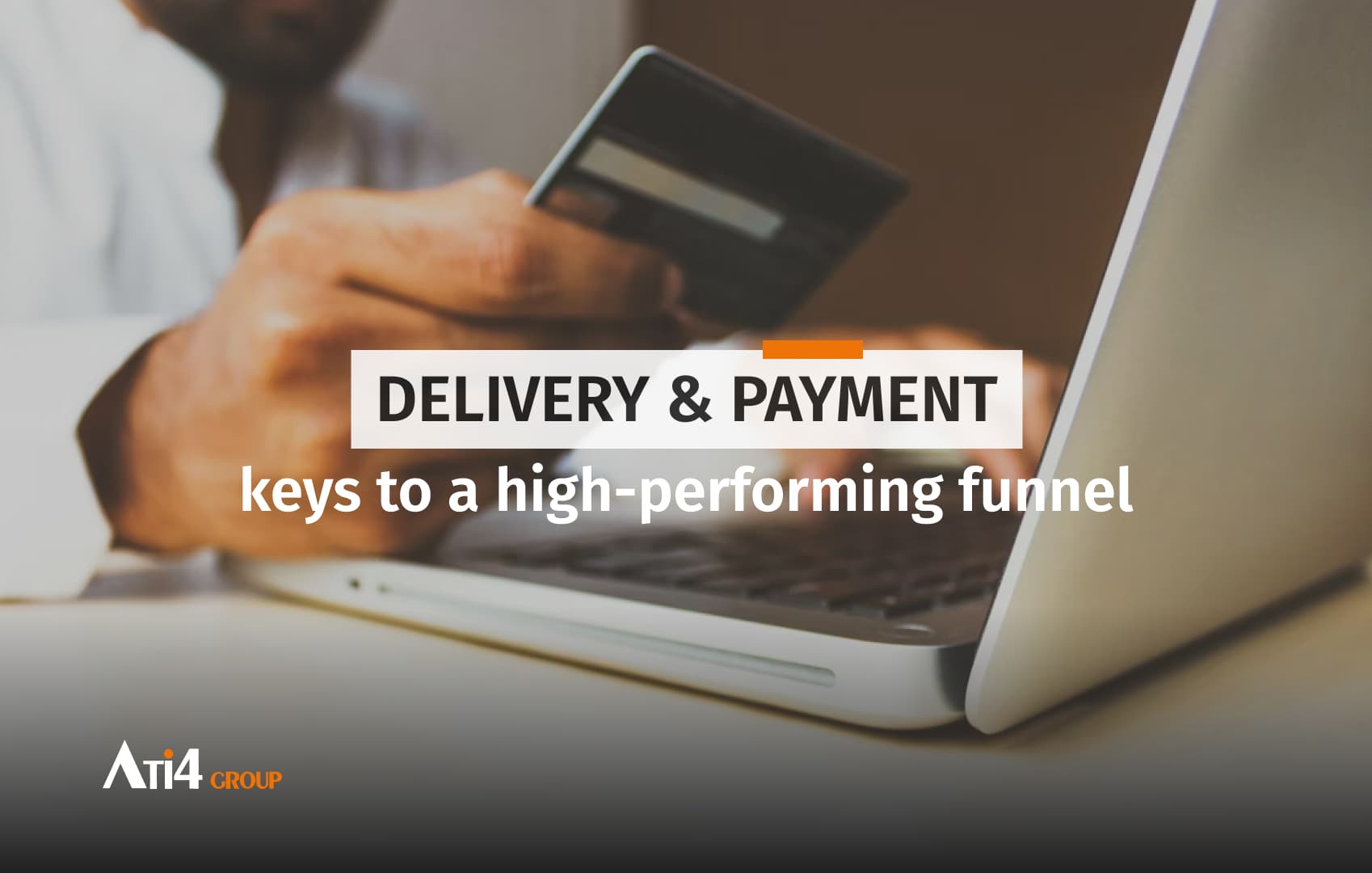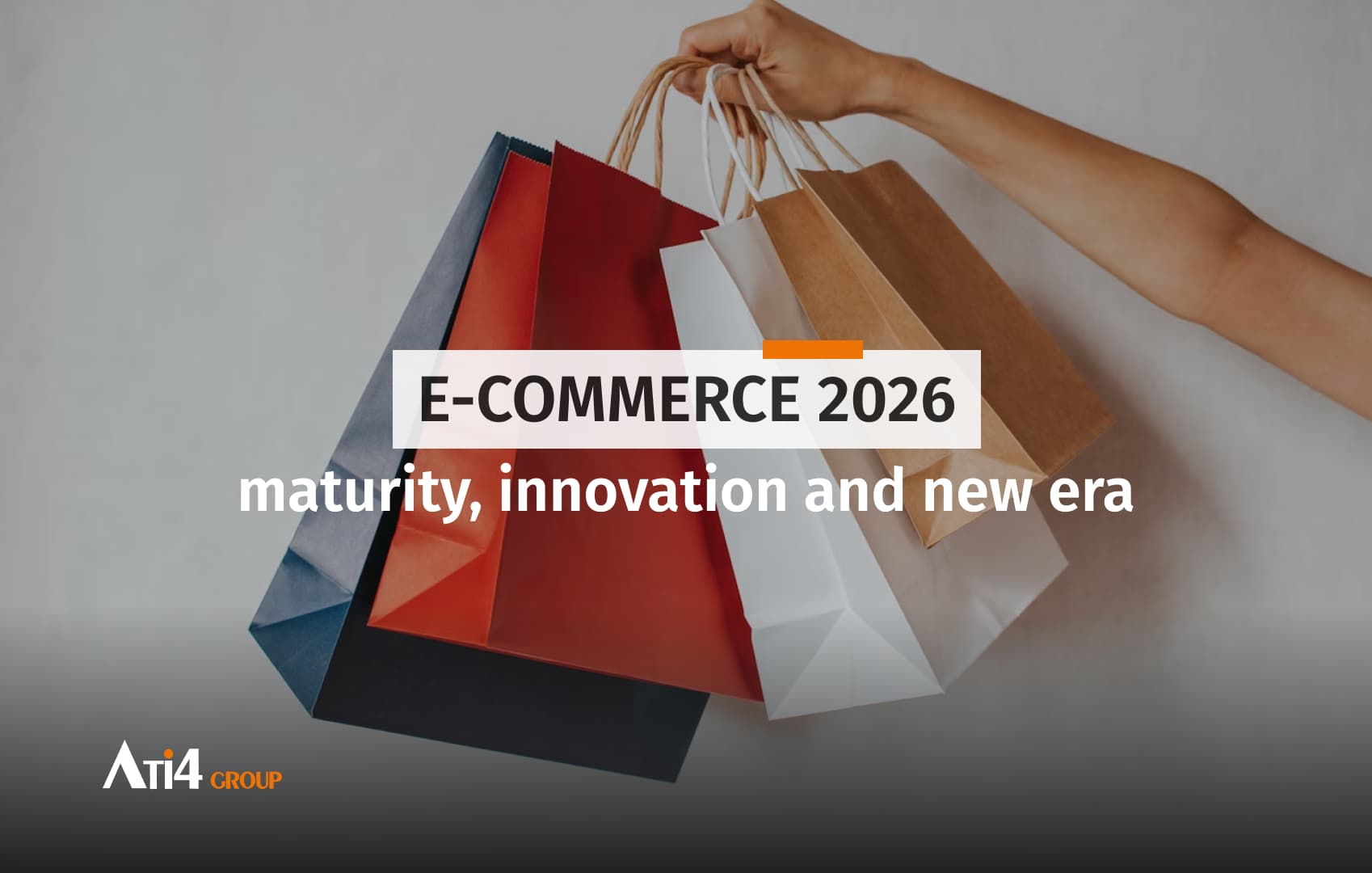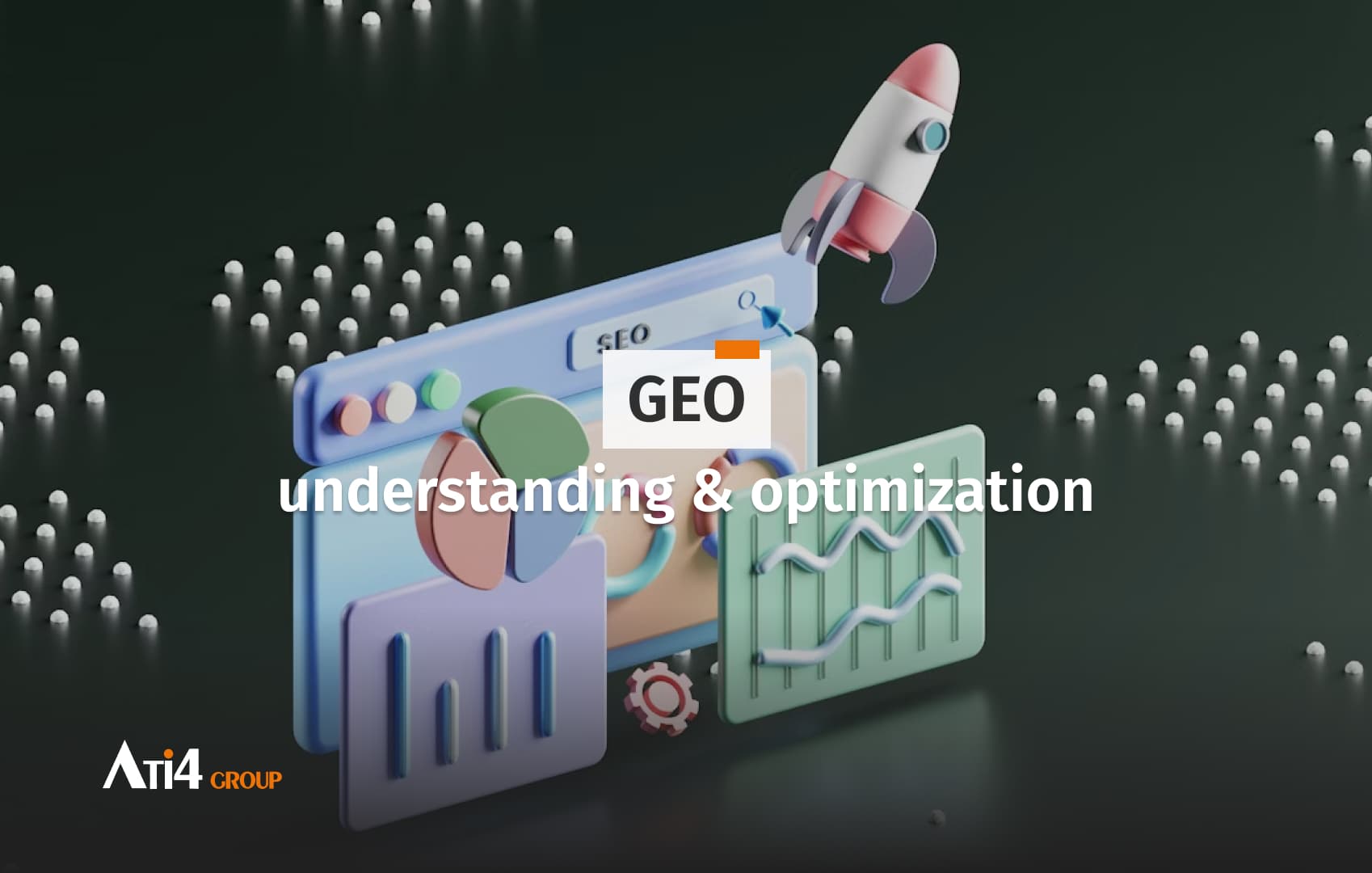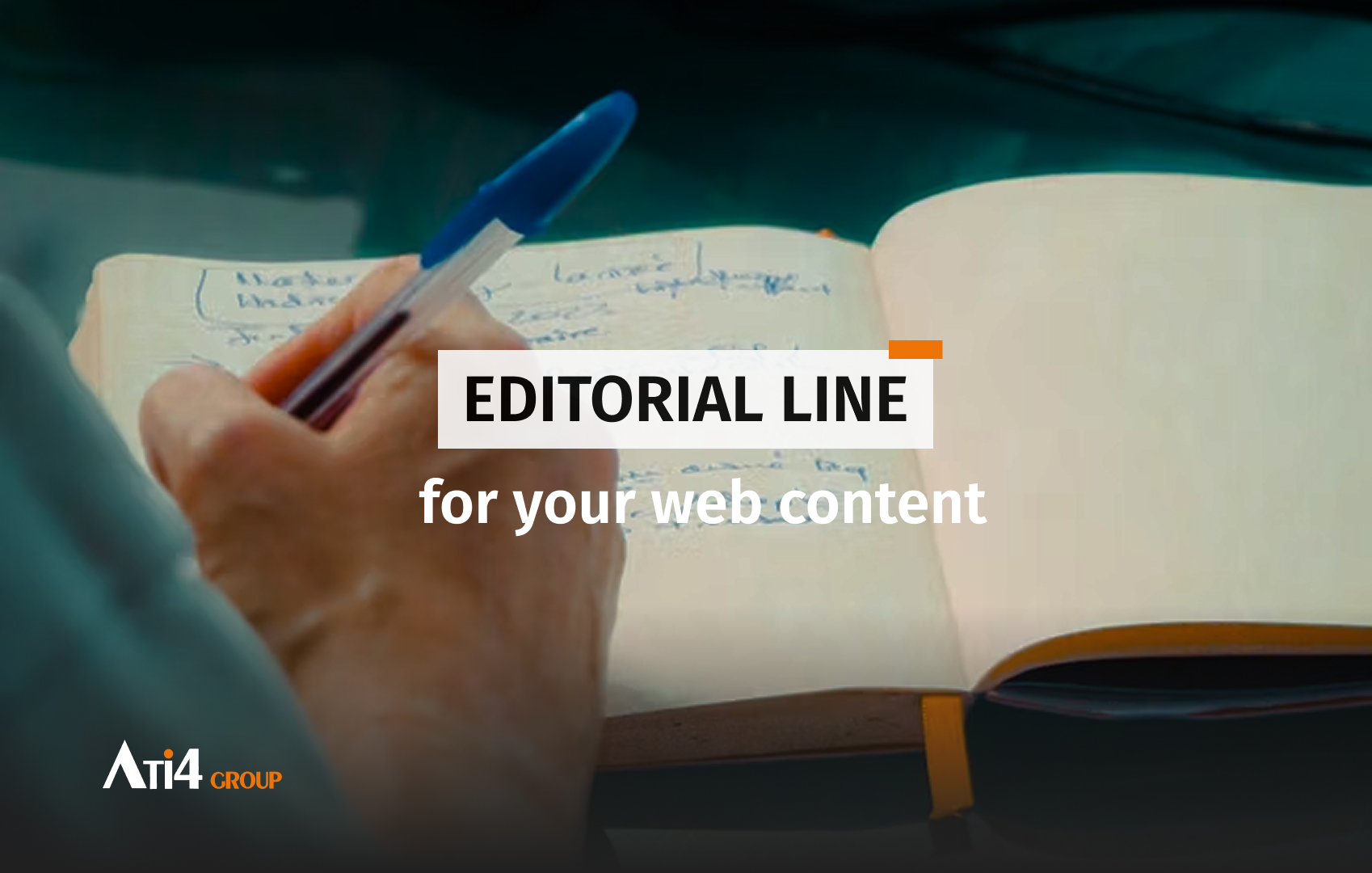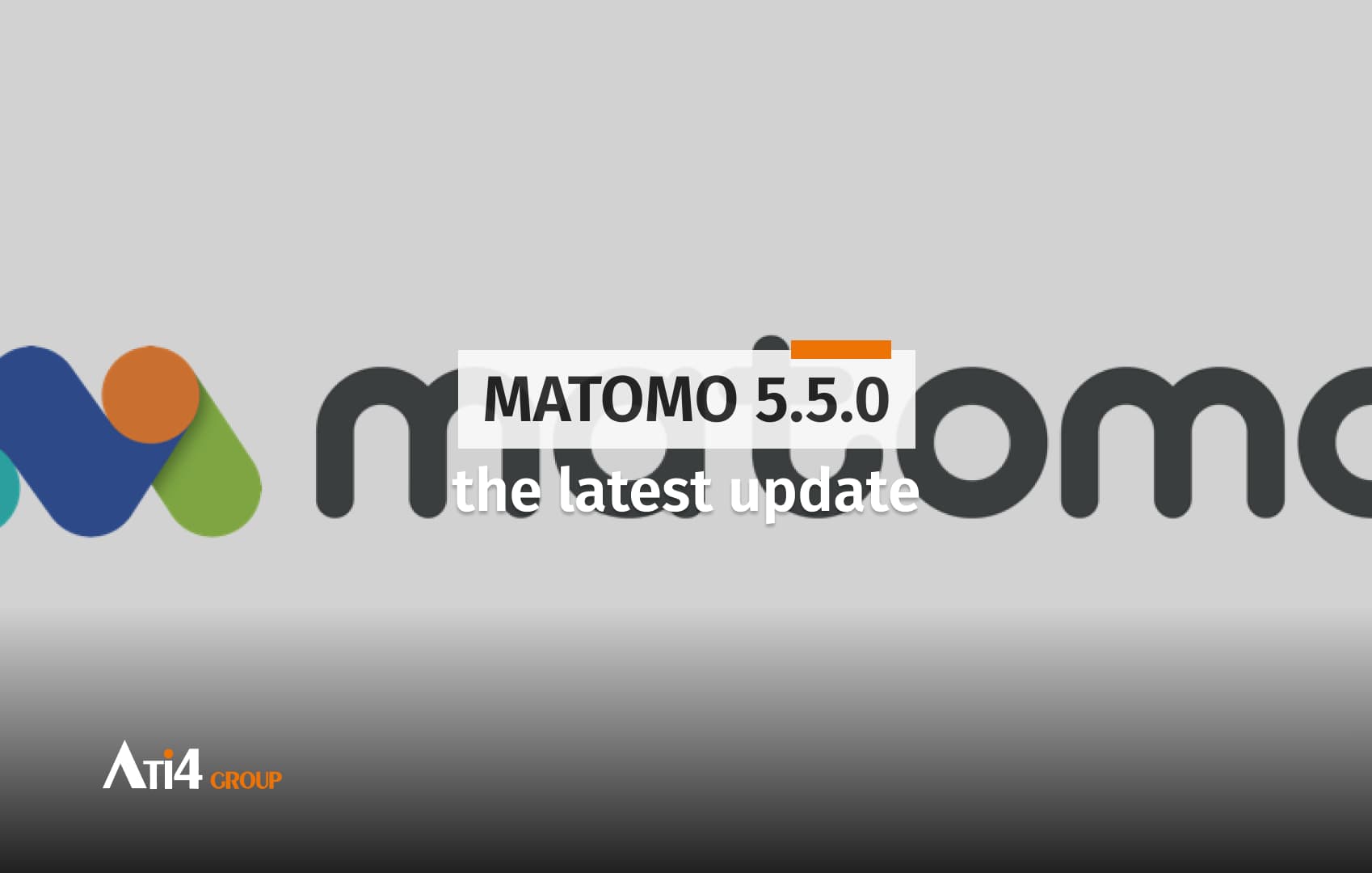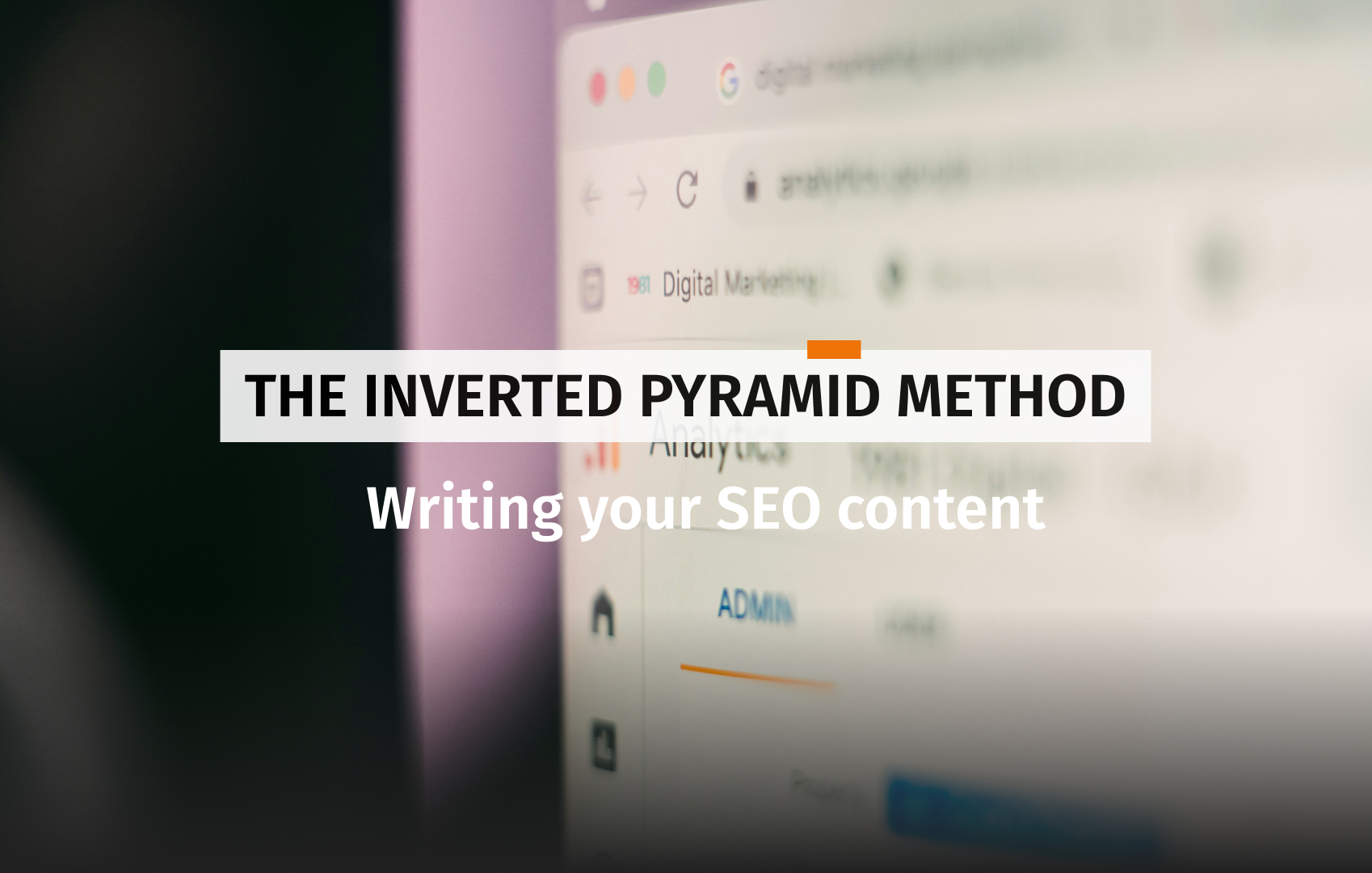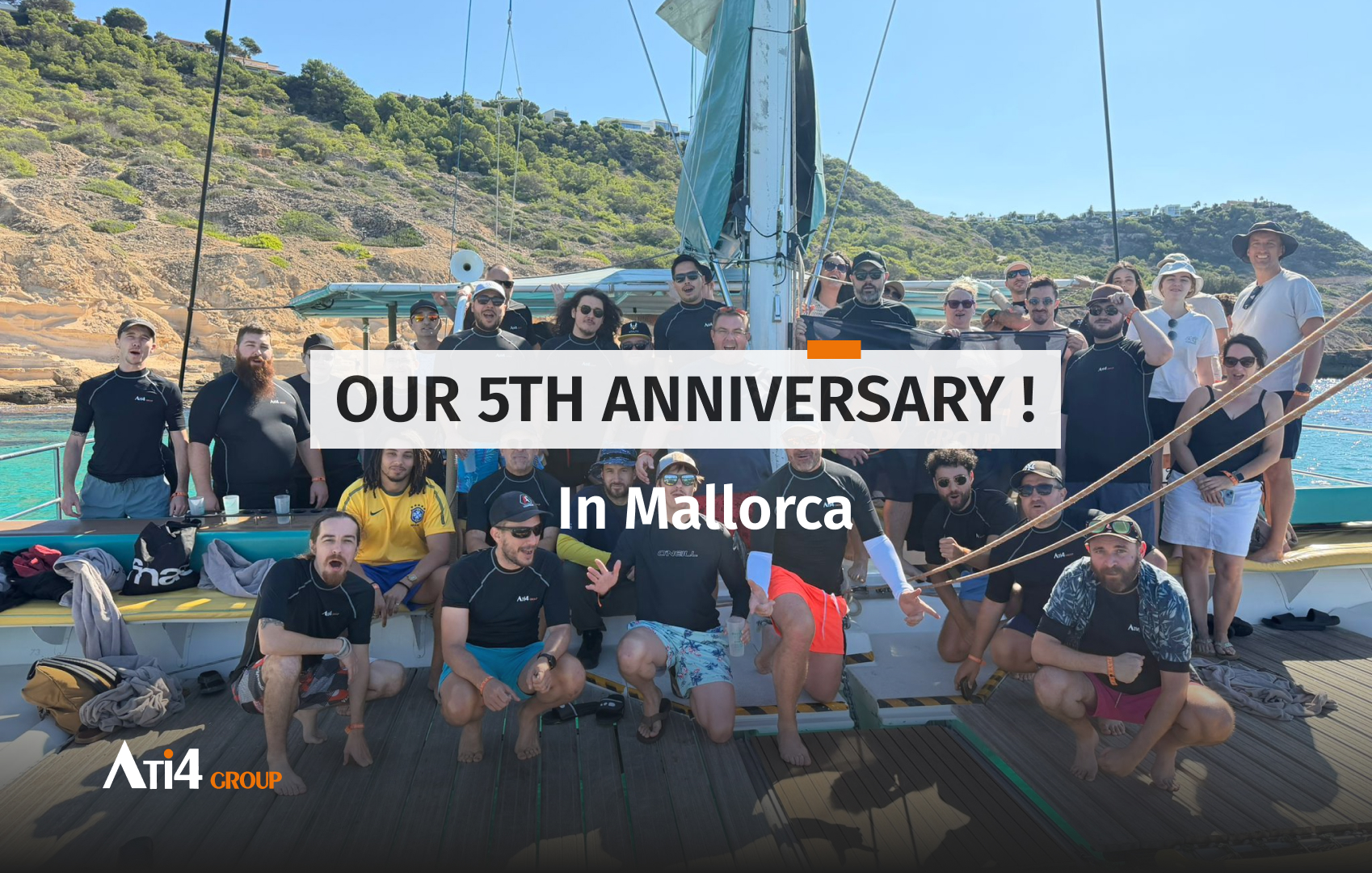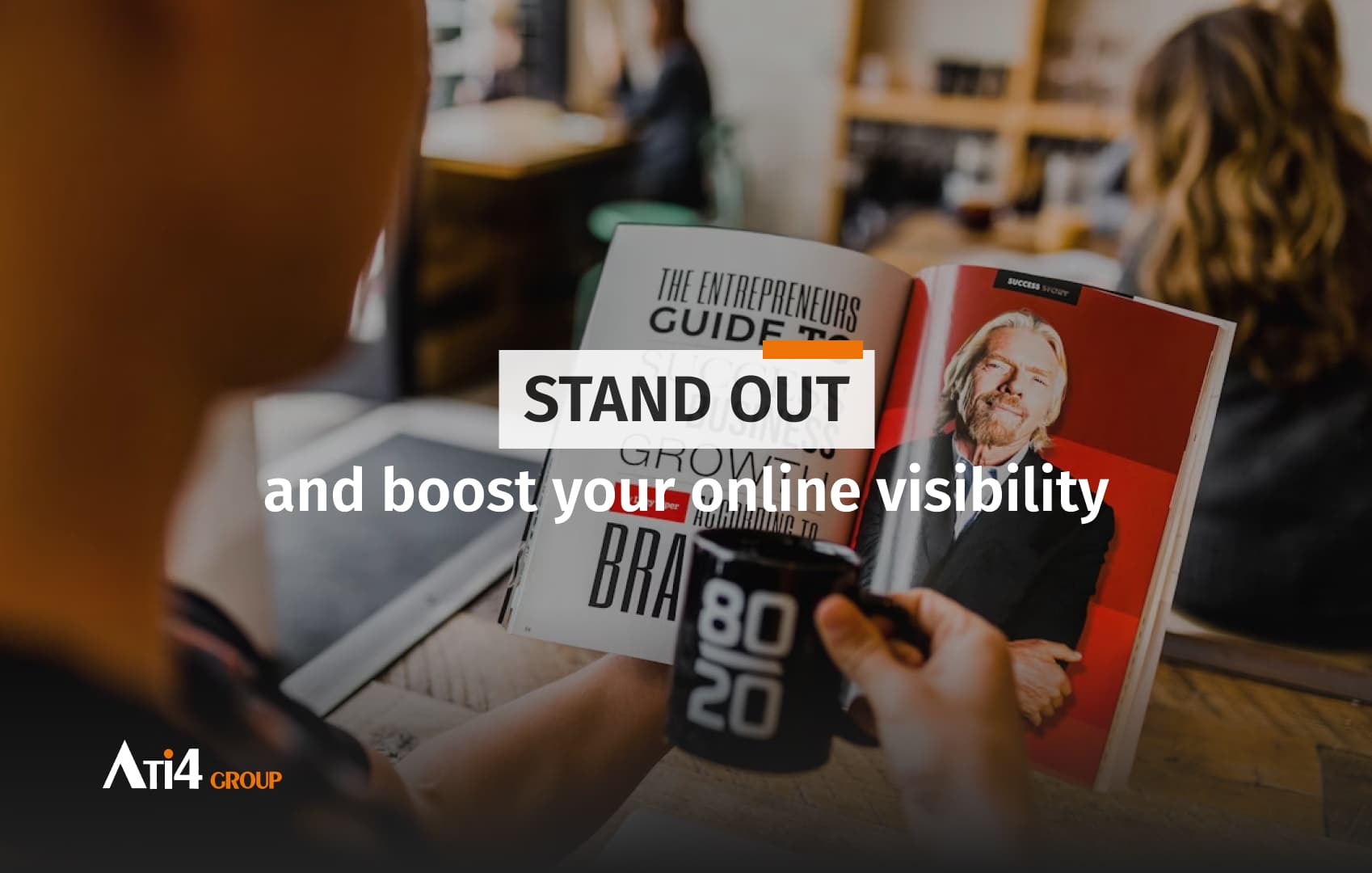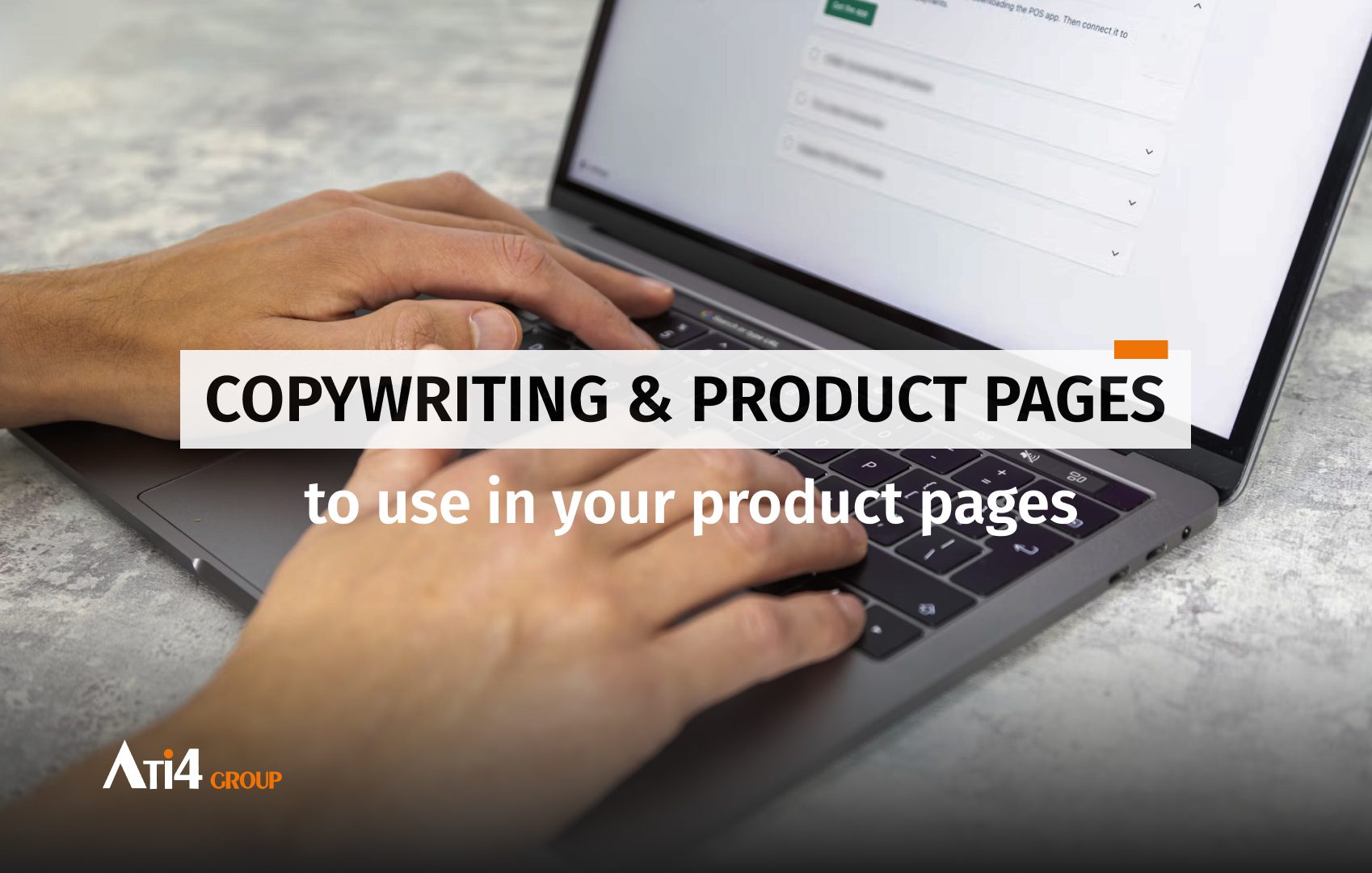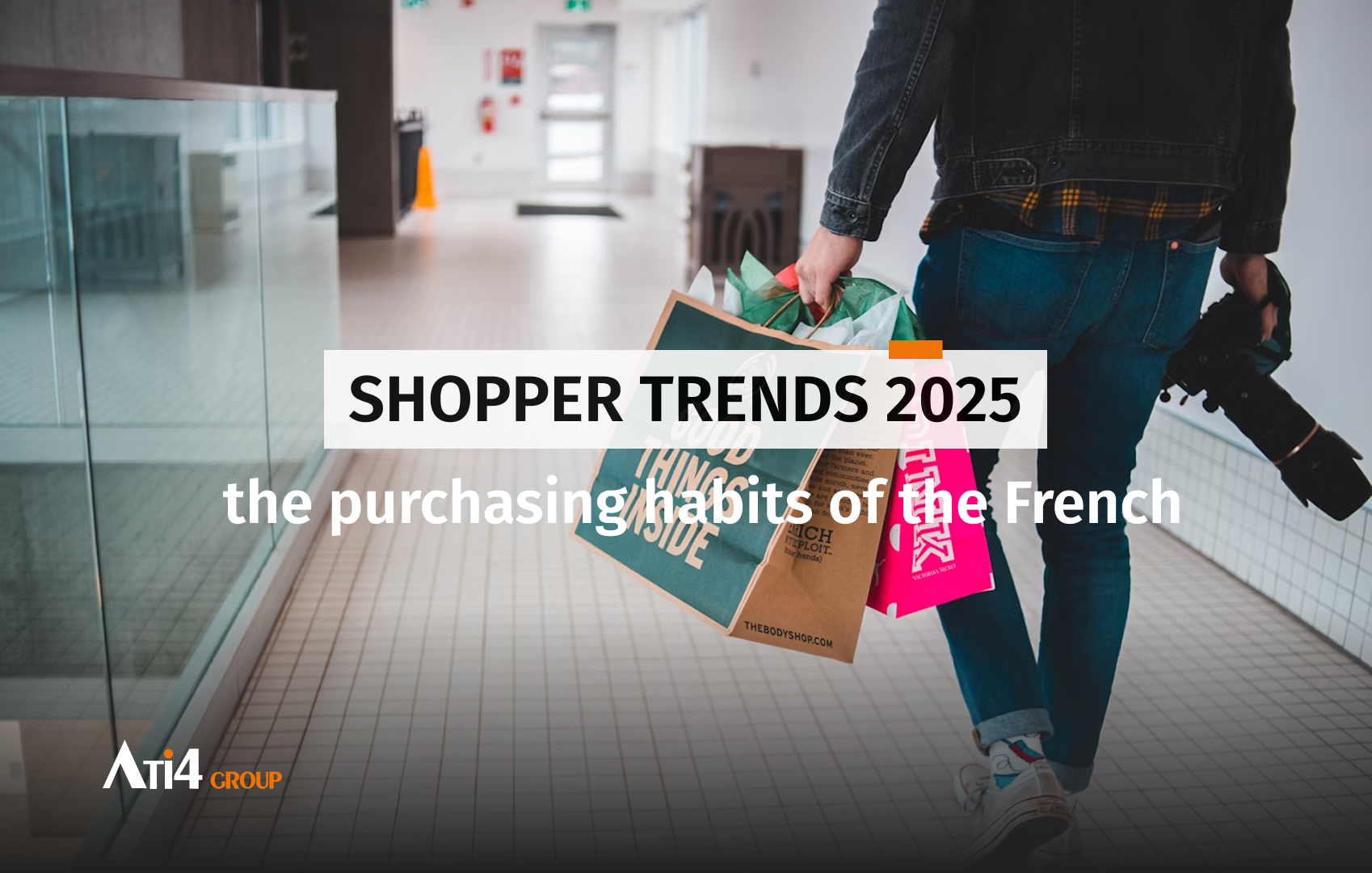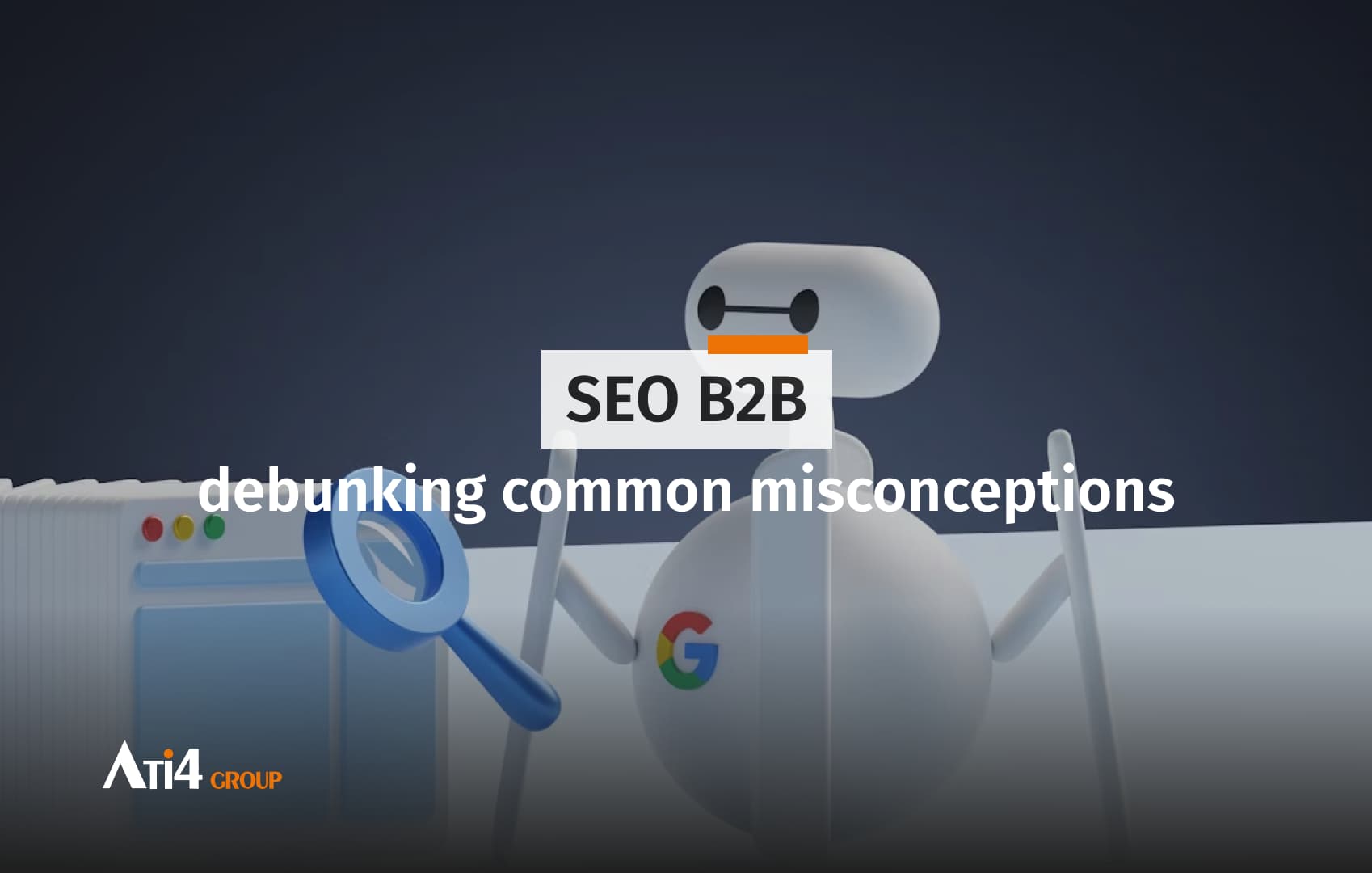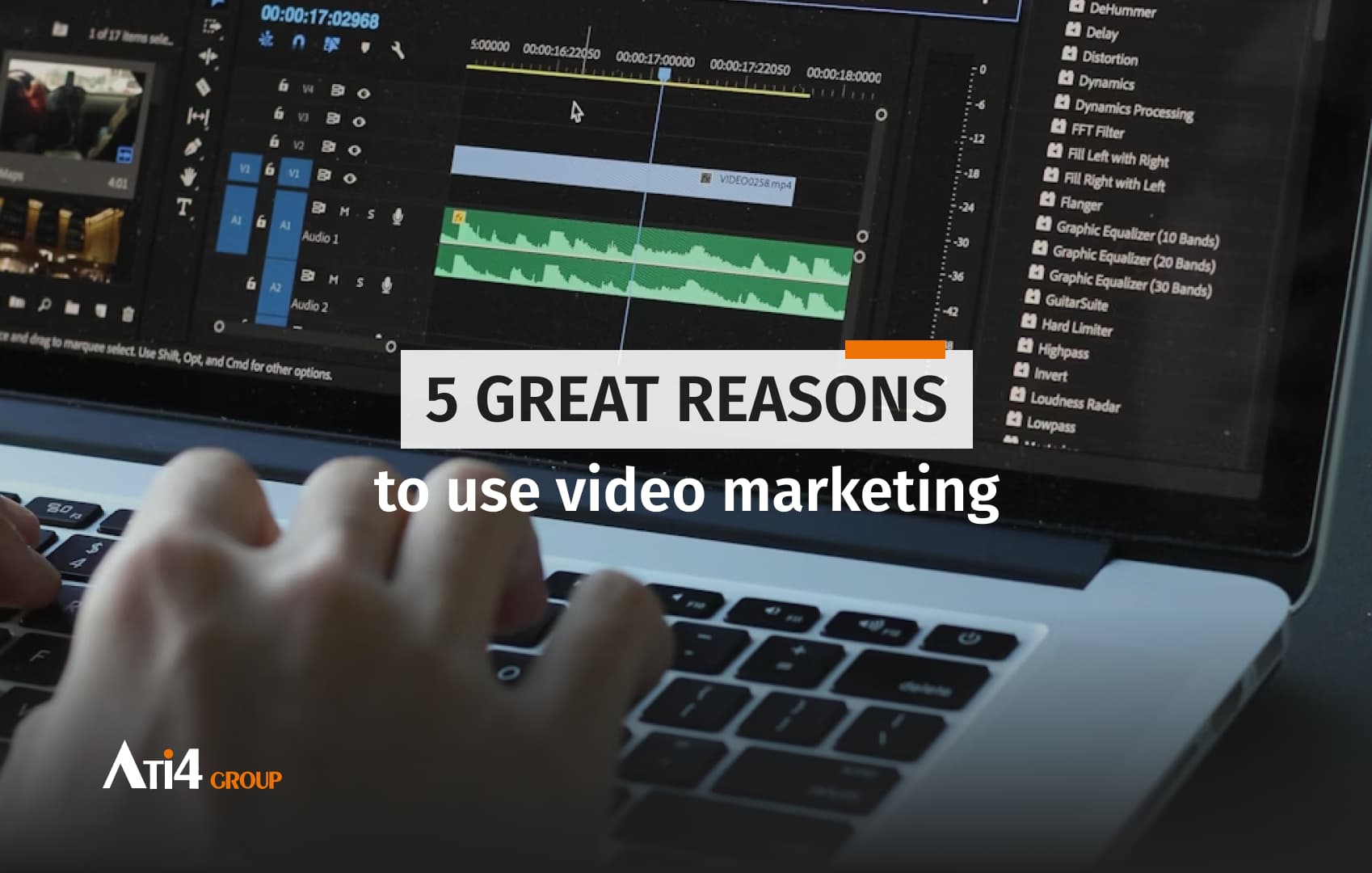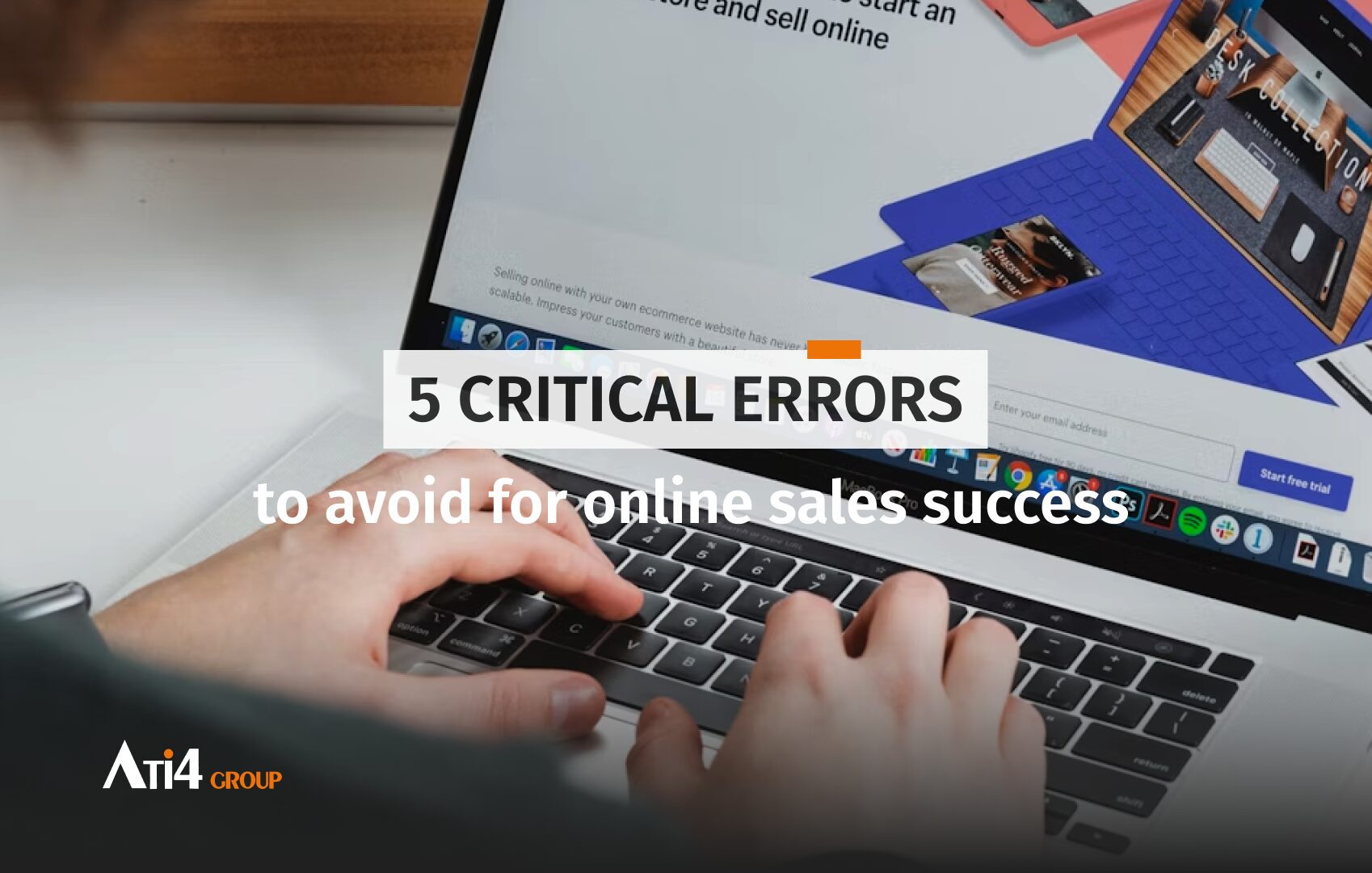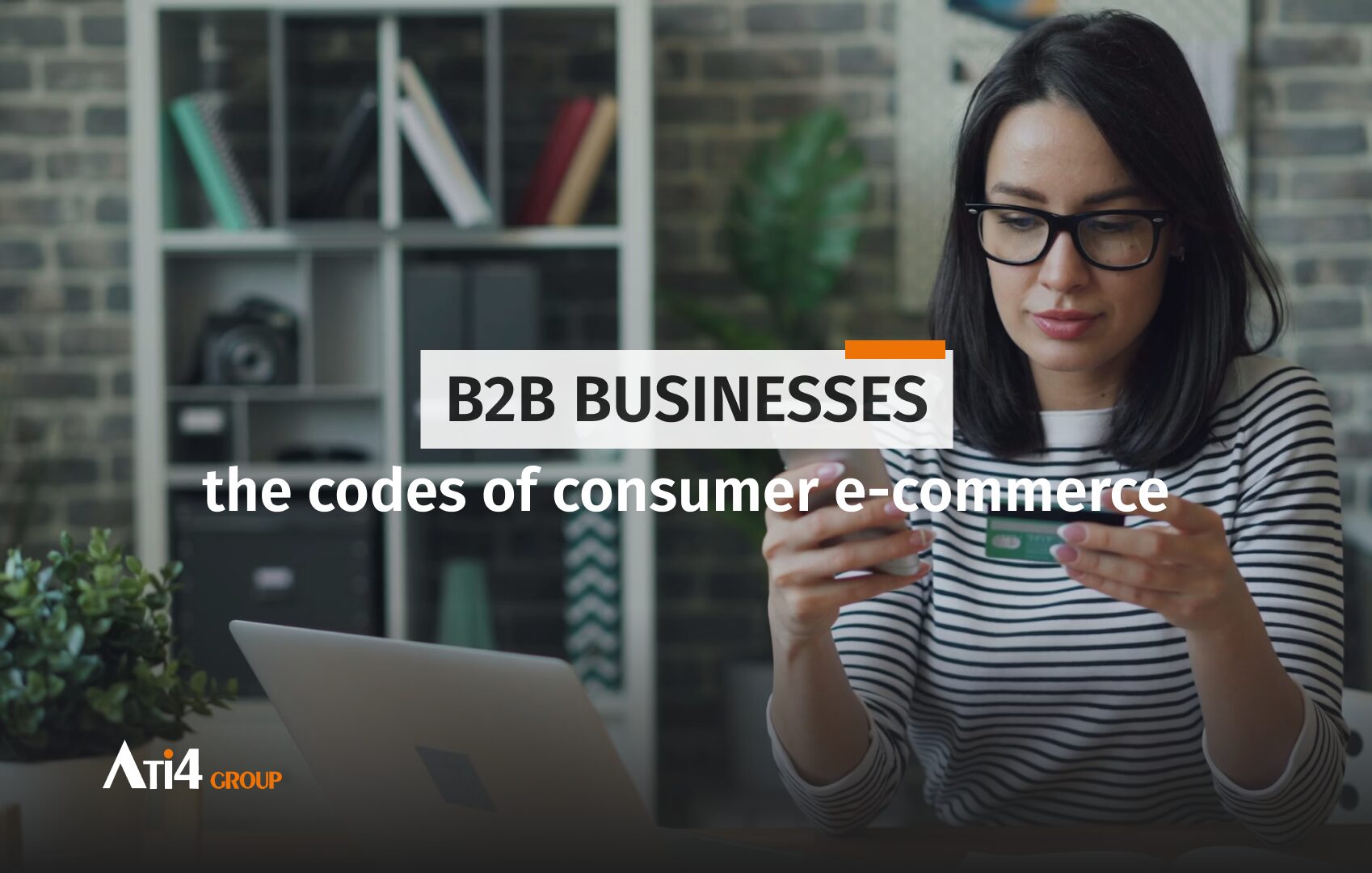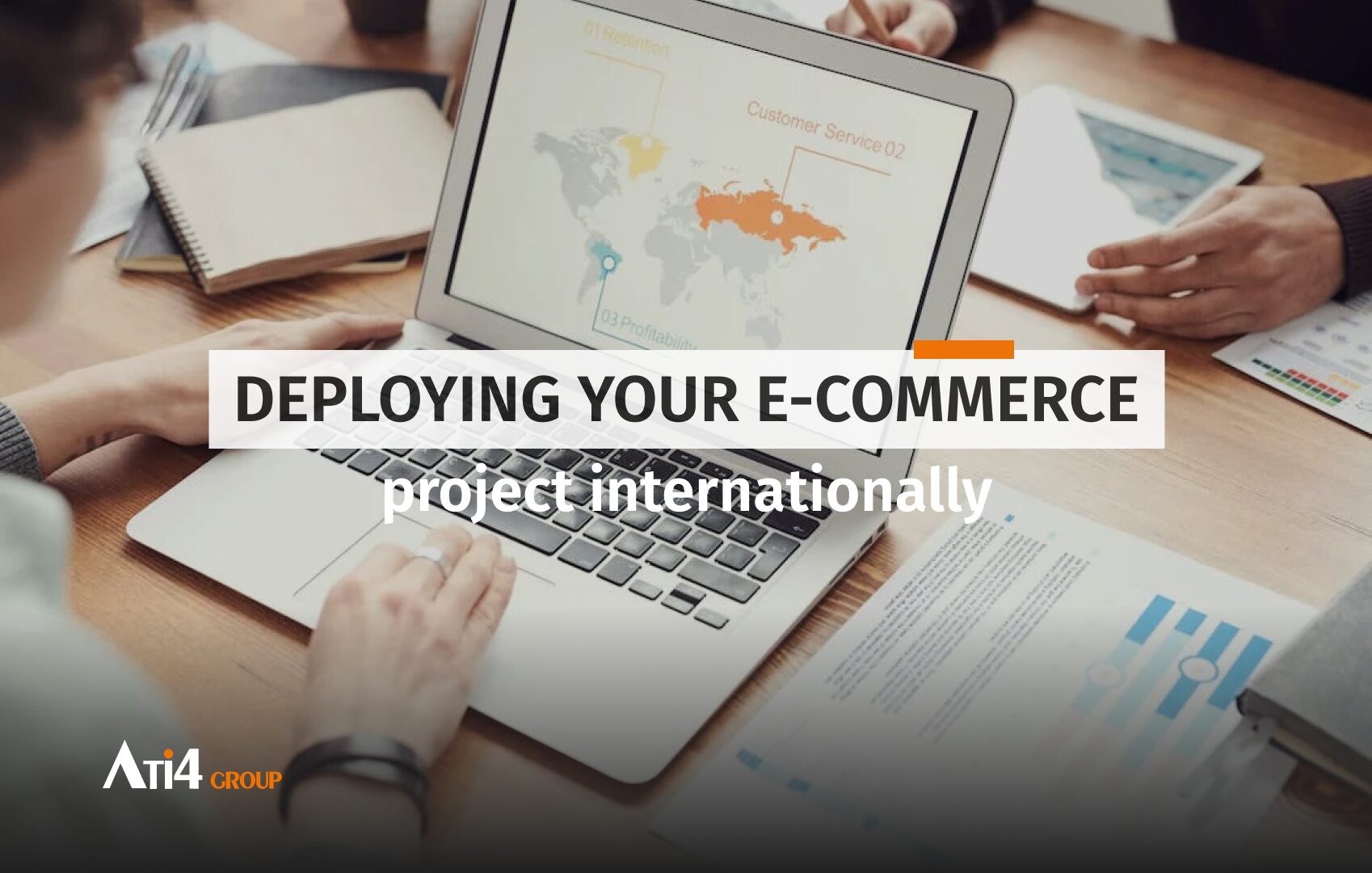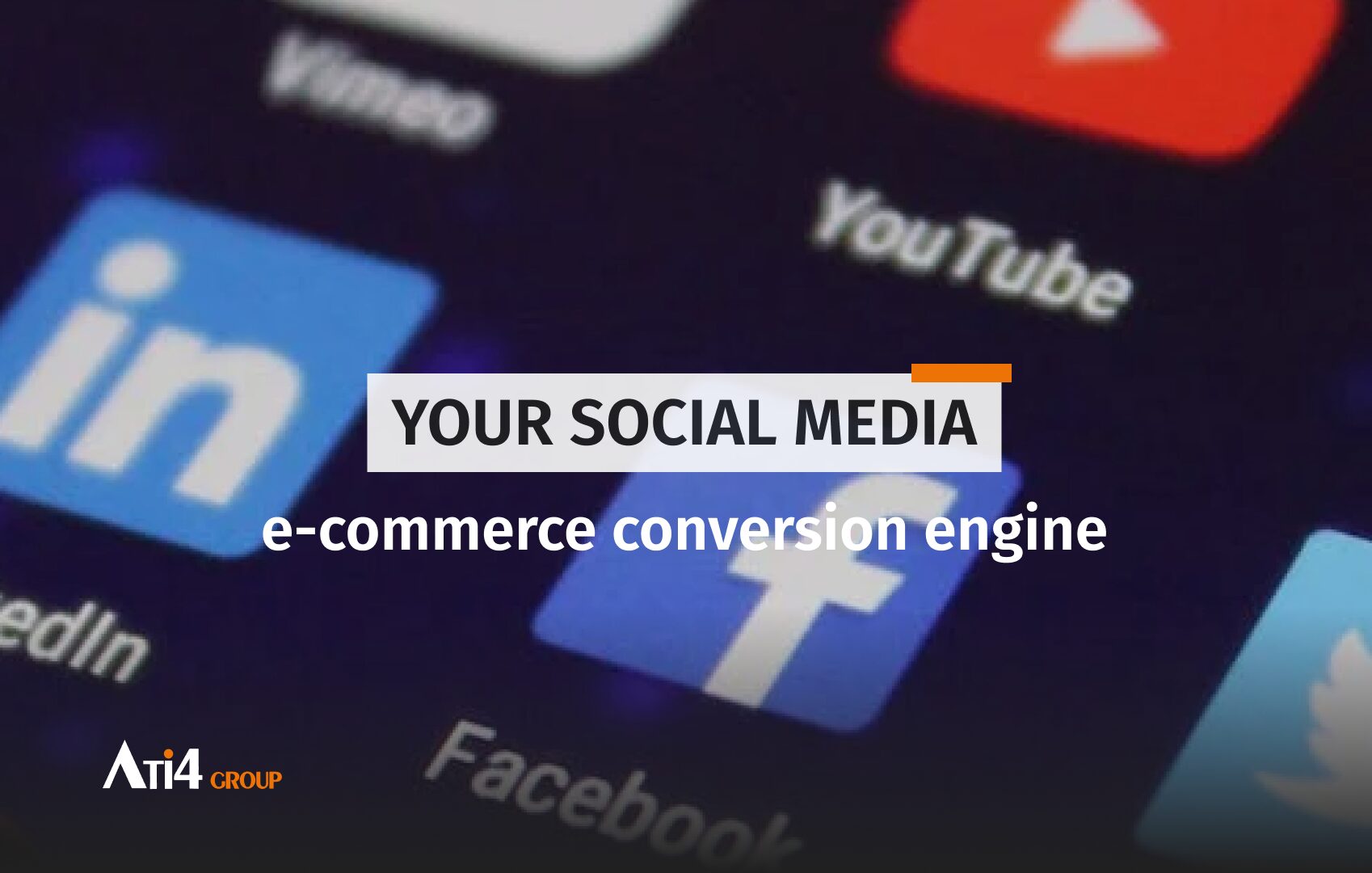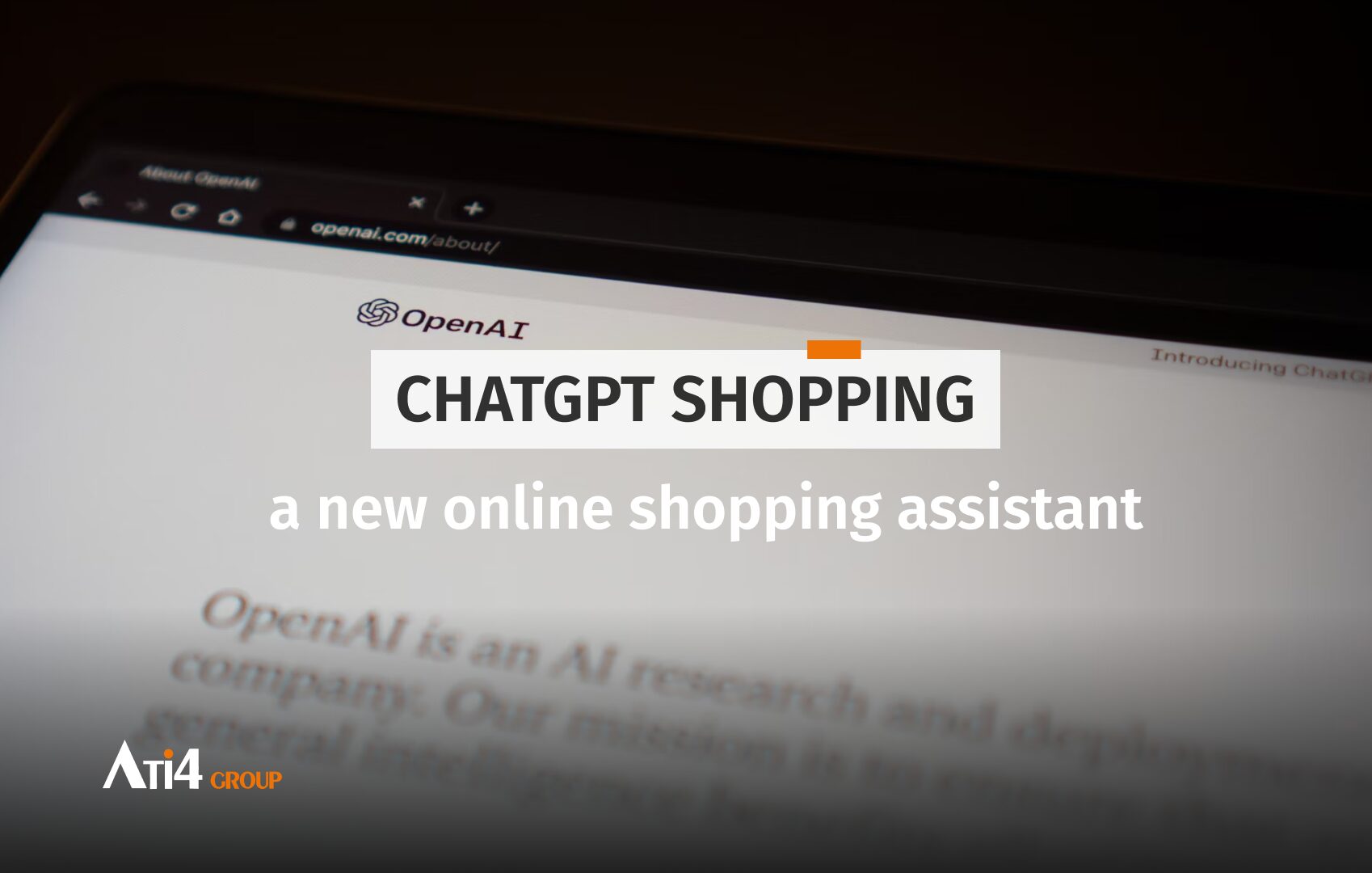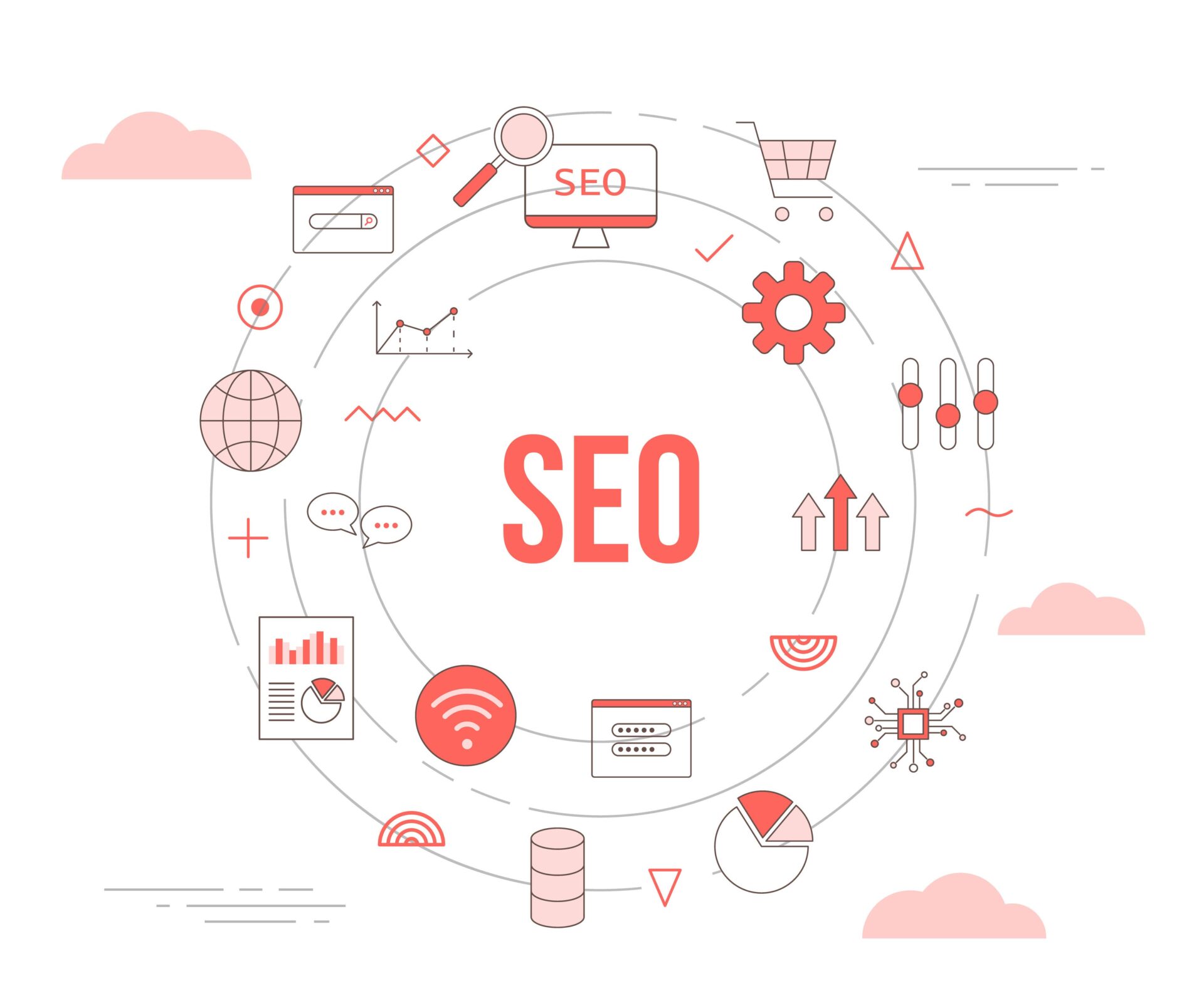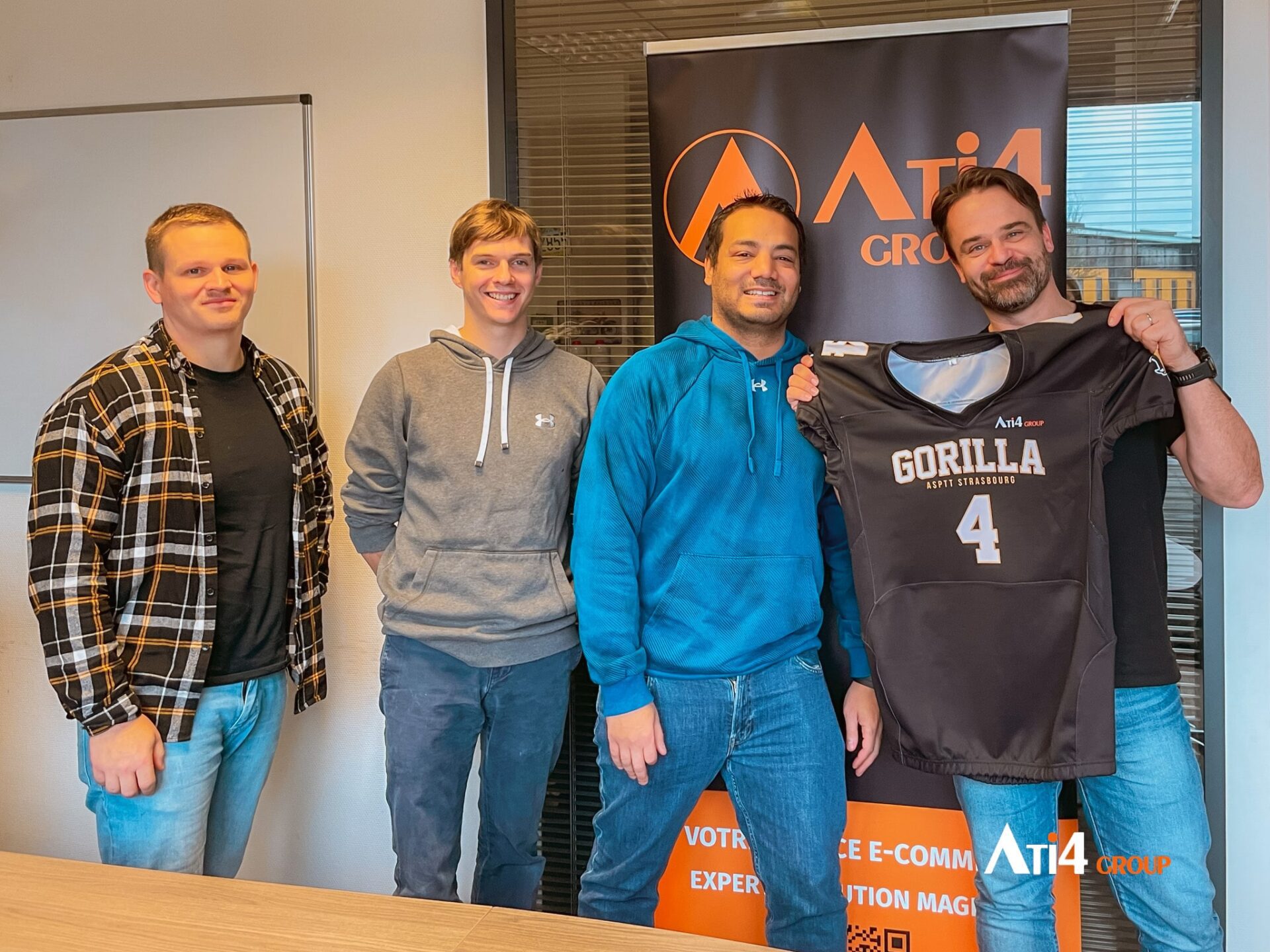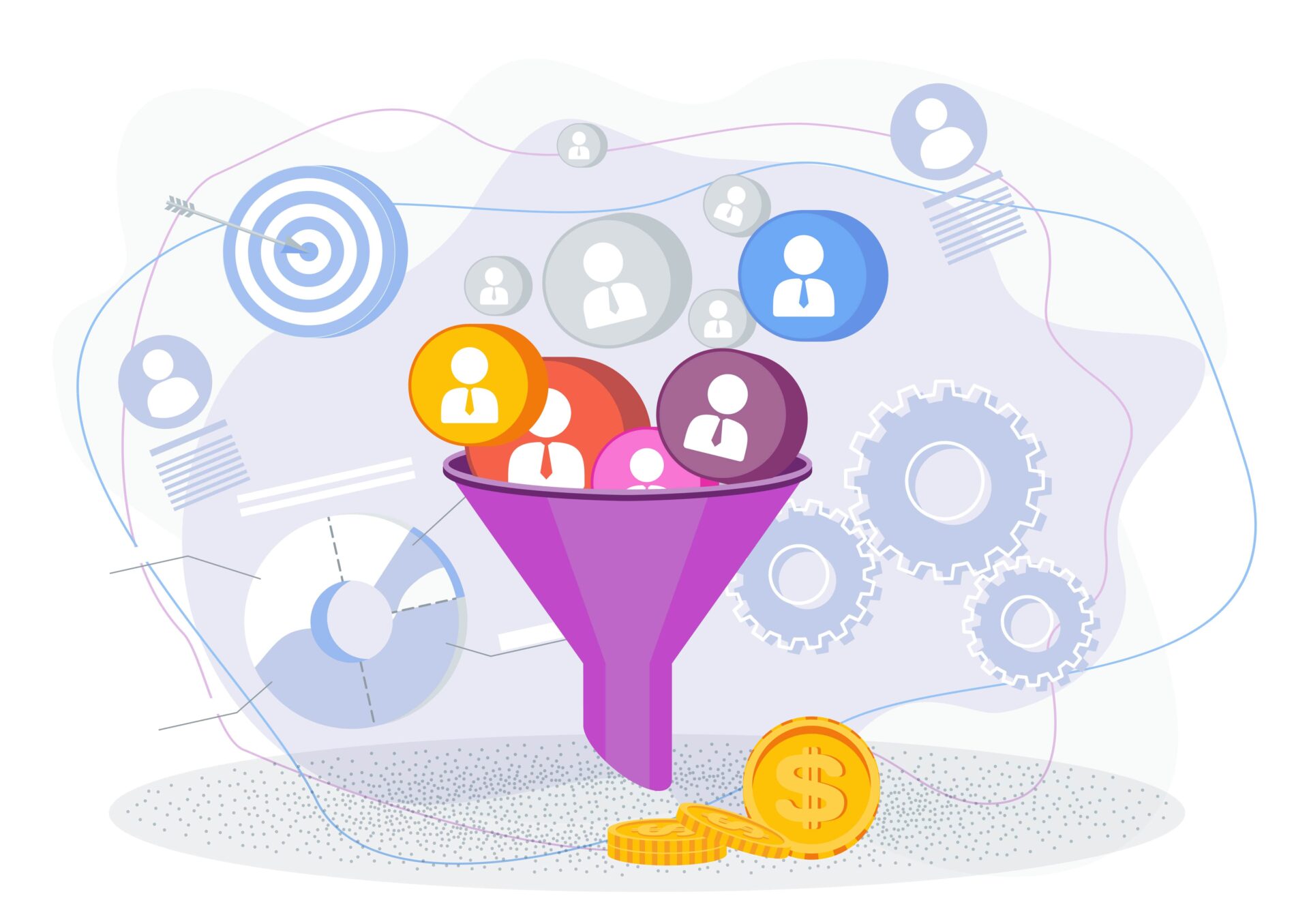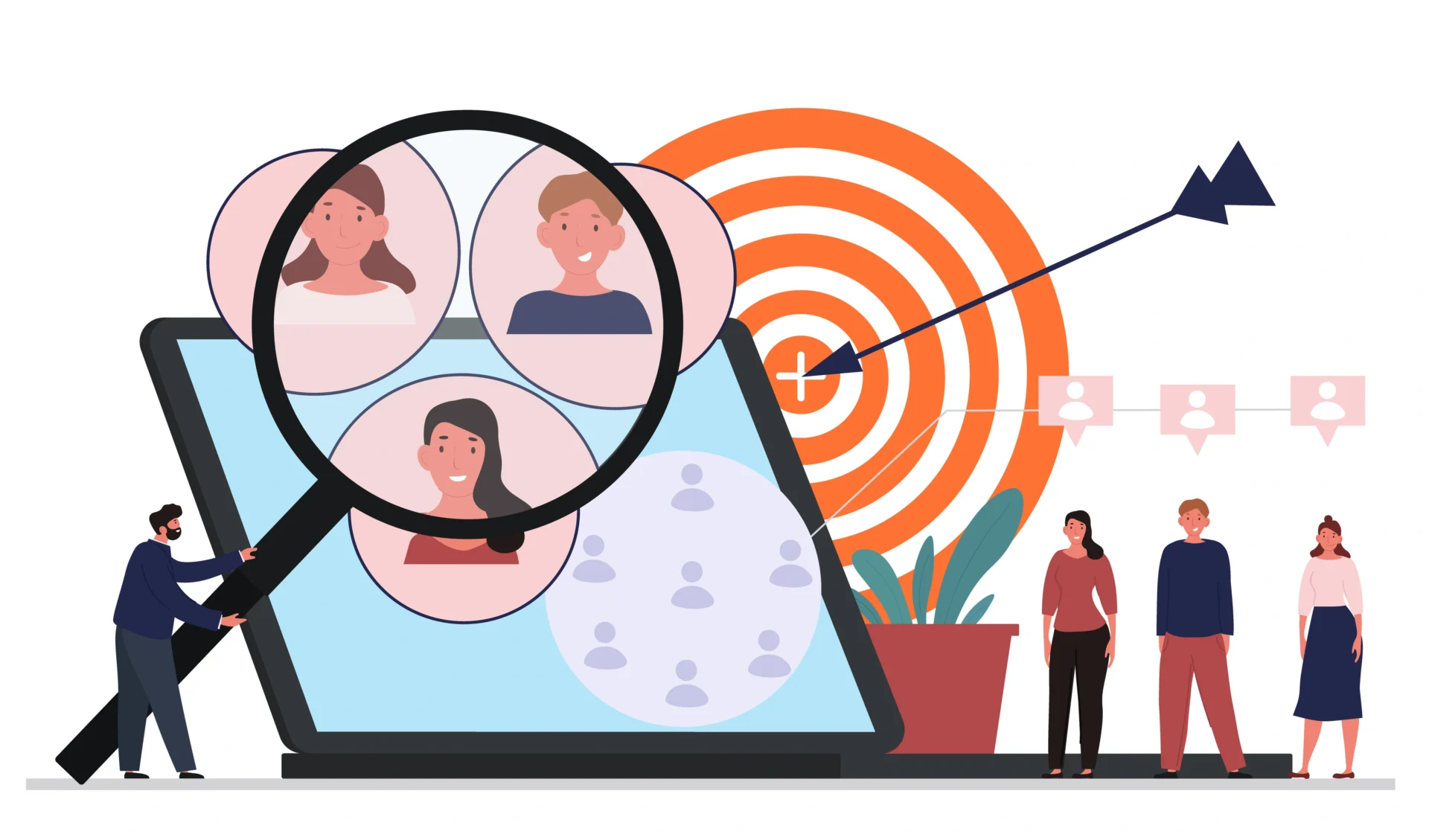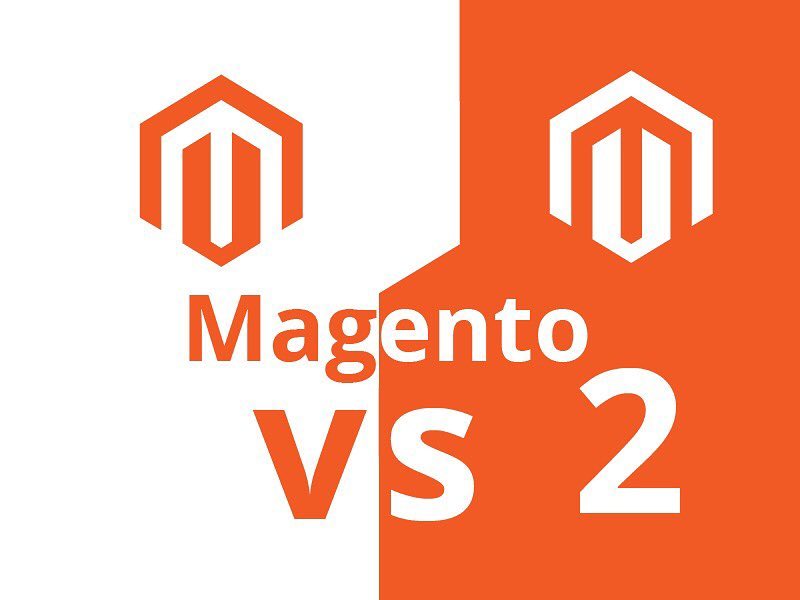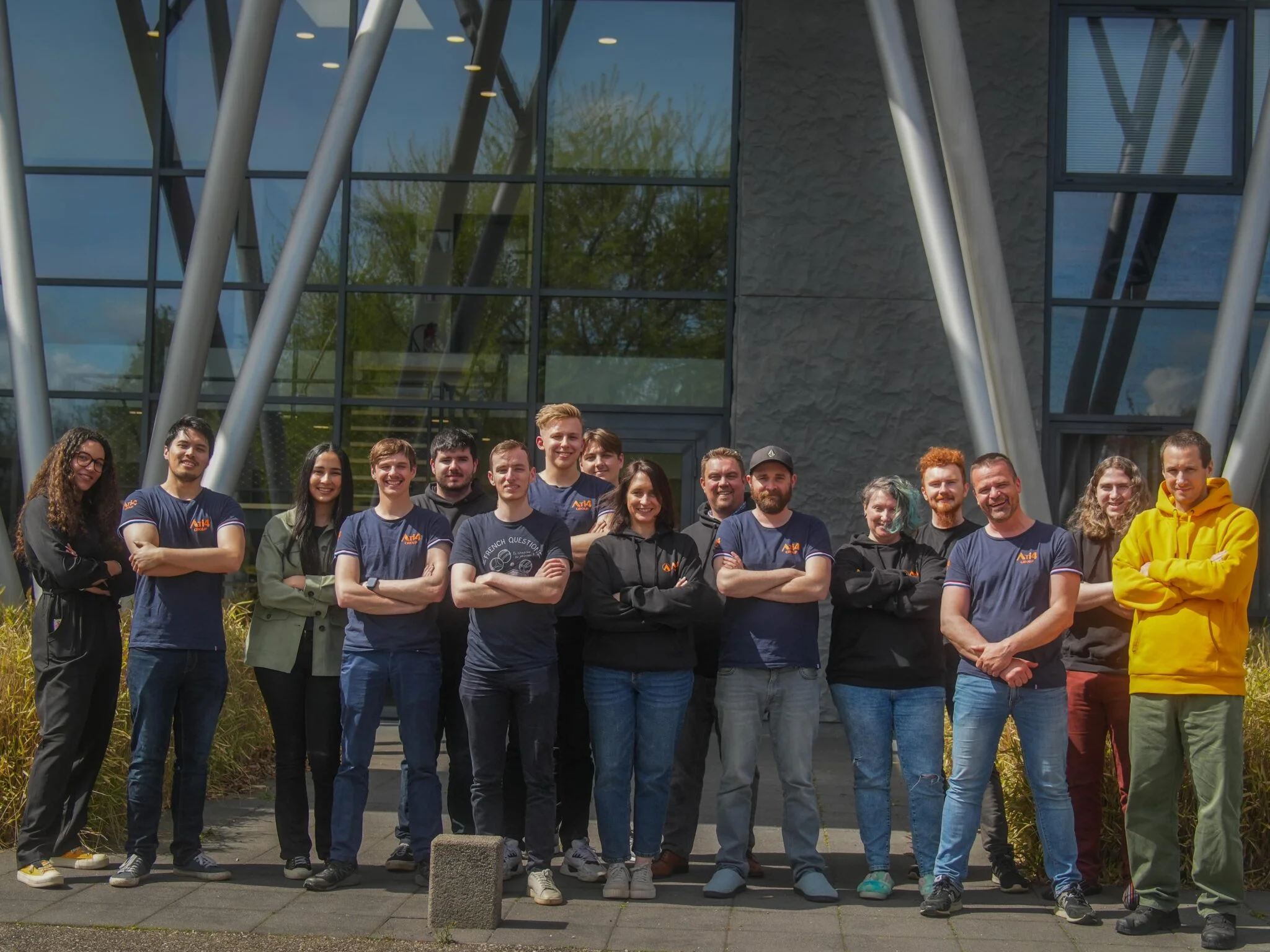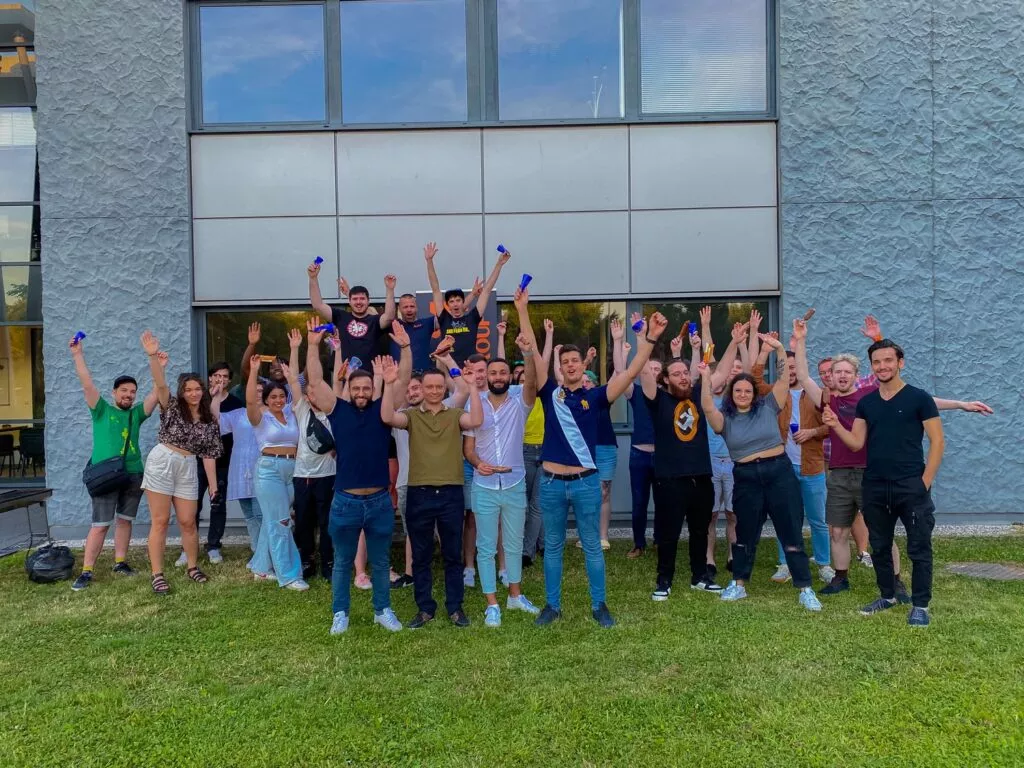The B2B conversion rate
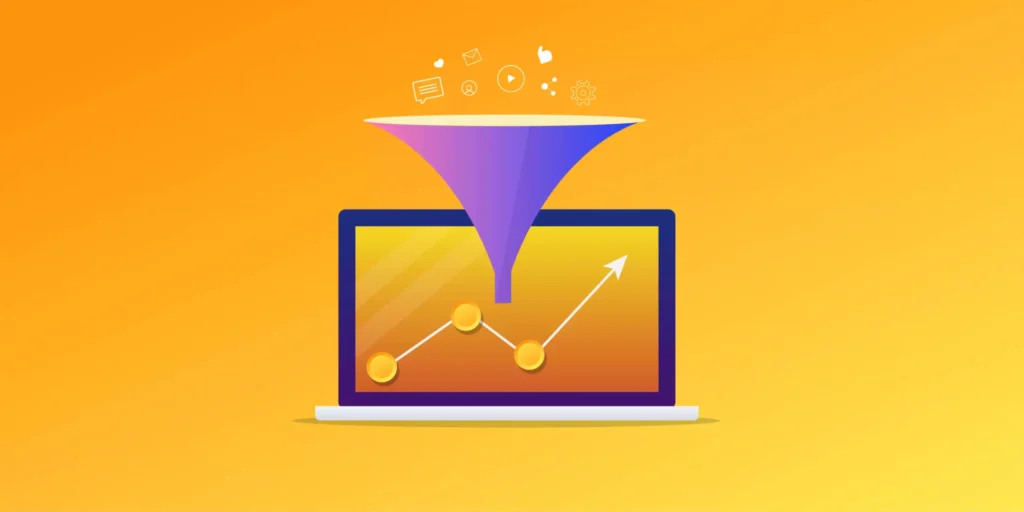
In the dynamic universe of online marketing and sales, the conversion rate emerges as a key indicator, reflecting the performance and success of a strategy. This crucial element measures the proportion of visitors taking a desired action compared to the total number of visitors or prospects. Imagine it as a magnifying glass that focuses its attention on the essential: the concrete and meaningful interaction of users with your site. It is, therefore, a strategic technique aimed at increasing the percentage of visitors crossing the virtual threshold to make a purchase.
The adaptability of the conversion rate is one of its strengths. It bends to the specific goals of each business, whether it’s completing a transaction, signing up for a service, downloading an informative document, or any other call to action. The conversion rate becomes a reflection of the effectiveness of a virtual platform in turning curious visitors into satisfied customers.
In this digital era, where every click matters, the conversion rate opens the way to continuous optimization and judicious adjustments to maximize the impact of each prospect.
Understanding the Conversion Rate 🎯
A goal for B2B businesses
In the business realm, the conversion rate is of crucial importance, especially in an environment where sales cycles often stretch over a longer period, and transactions take on a particular complexity.
In a context where each customer interaction can be considered an added value for the company, maximizing the conversion rate becomes a quest for business efficiency. It’s an optimization strategy that seizes opportunities for revenue growth and long-lasting customer relationships. Each action marks the beginning of an opportunity to deepen mutual understanding and forge connections that transcend the simple act of customer purchase.
Conversion in B2B and B2C
The complex landscape of the conversion rate reveals significant nuances when exploring the dynamics between B2B and B2C sectors. These two universes, although connected by the quest for conversion, differ in characteristics that shape the trajectory of conversion rates.
In B2C, where the final consumer is the focal point, purchasing decisions are often impulsive, guided by emotional factors and immediate needs. The buying processes are characterized by their speed, with consumers making decisions in a relatively short timeframe.
In contrast, B2B presents a different picture. Buying decisions in this context result from thoughtful consideration, often involving multiple stakeholders within a company. The complexity of decision-making processes and the need to meet specific requirements lead to more extended sales cycles.
Related KPIs
The measurement and optimization of the conversion rate require a strategic approach anchored in the analysis of several specific key performance indicators (KPIs). These KPIs serve as a compass, guiding efforts toward a thorough understanding of conversion mechanisms.
The overall conversion rate stands as a fundamental KPI. It provides an overview, capturing the percentage of visitors or prospects who crossed the conversion threshold compared to the total interactions. It is the global mirror of the effectiveness of the conversion strategy.
The conversion rate by channel breaks down the process, revealing the performance of each specific channel, whether it’s the website, emails, or social media. It allows for a reevaluation of resources, focusing efforts where they have the most impact.
The conversion rate by audience segment offers a more strategic perspective by distinguishing prospects from existing customers, allowing for a more personalized approach to conversion tactics.
In extended sales cycles, the average time spent before conversion unveils the duration needed to transform a prospect into a customer, providing valuable insights for long-term engagement.
Analyzing the Conversion Process 🧐
Mapping the B2B Customer Journey
In the business realm, the conversion rate is of crucial importance, especially in an environment where sales cycles often stretch over a more extended period and transactions adopt a particular complexity.
The first essential step in the quest for an effective conversion strategy lies in the meticulous mapping of potential customer journeys. It’s a journey from the moment they discover the company until the crucial moment of final conversion. Therefore, locating areas of opportunity and potential friction points is essential. This in-depth understanding allows marketing and sales teams to better target their efforts, adjusting each interaction to meet the specific needs of each stage of the journey.
The process begins with initial awareness, the ignition point where potential customers discover the existence of the company. It’s the starting point where attention is captured. Next, research and evaluation define a crucial stage marked by the quest for in-depth information. Prospects explore, compare, and evaluate, seeking to answer their questions and find the best offer. Then comes the purchase decision, a decisive moment where prospects cross the threshold between contemplation and action. Finally, conversion, whether in the form of a purchase or registration, marks the success of the journey.
Breakpoints and obstacles
In the constant quest for conversion rate optimization, it becomes imperative to carefully scrutinize breakpoints, i.e., the places where visitors tend to abandon or encounter obstacles. These points of friction, although sometimes subtle, can be decisive pivots between engagement and abandonment. These are the areas where tactical improvements can be made to strengthen the consistency of the user journey and, consequently, increase the conversion rate.
For example, registration forms can become obstacles if their complexity or length discourages visitors. Simplifying these processes can be the key to avoiding premature abandonment and facilitating conversion.
Analysis tools
Evaluating the B2B conversion process requires the adoption of robust analysis tools capable of dissecting the smallest details of the user journey. These tools play a crucial role in the quest for constant optimization, offering valuable insights into visitor behavior and potential improvement points.
Google Analytics emerges as one of the cornerstones of this toolkit. By scrutinizing user behavior on the website, it allows mapping the most visited pages, identifying bounce rates, and revealing interaction patterns. It’s a virtual window that provides an overall view of the site landscape.
Heatmaps, on the other hand, position themselves as trend revealers. They visually trace areas where users click the most on the site, thus revealing areas of interest and possible friction points. Mouse tracking is included in these.
Online surveys add a human dimension to the analysis. Asking visitors to share their opinions on their site experience can reveal weak points in the user journey that might escape purely statistical analyses.
Finally, A/B testing emerges as a proactive method. By testing different versions of conversion pages, such as a colored or white button, it allows measuring concretely which variations work best, based on real user interaction data.
Increase your conversion rate 📈
Creating personas
Creating personas of B2B buyers is an essential step in gaining an in-depth understanding of your target audience. These personas are not simple avatars, but semi-fictional representations of ideal customers, based on demographic data, actual behaviour and identified needs. This approach gives us an insight into the expectations of potential customers. Thanks to these personas, the company can adapt its strategy and offering more precisely to meet the specific needs of each segment. It’s an exercise that offers a more human and individualised view of prospects
At the same time, there are five key psychological principles that can be applied to optimising B2B conversion rates.
- > Simplicity: avoid complex elements and favour simple, uncluttered experiences. This applies in particular to conversion forms, which should be concise and to the point in order to maximise the leads obtained.
- > Past experience: which underlines the importance of creating a positive first impression. Past experiences leave lasting impressions, significantly influencing current and future reactions.
- > Advantage/price analysis: which explores the dynamic between reducing friction and increasing motivation. In other words, the creation of an advantageous offer to stimulate the conversion rate.
- > Action time: large, strategically placed buttons can reduce friction and encourage visitors to take action more quickly.
- > Facial recognition: our natural instinct is to look for other human faces. Including faces on a site can attract attention, arouse emotions and strengthen the connection with visitors.
UX and page optimisation
Personalizing the user experience (UX) is proving to be a key element in the ongoing quest to maximize conversion rates. This goes beyond simple personalization, involving the in-depth adaptation of landing pages to meet the specific needs of each persona.
This makes landing page optimization a tailor-made mission. Content, images and offers must be carefully calibrated to be not only relevant, but also appealing to the target audience. Every detail counts in creating an experience, where every interaction is designed to resonate with the expectations and aspirations of the defined personas.
A high-performance website is more than just aesthetically pleasing. It must also meet crucial functional criteria. Speed is imperative, as every second counts in visitors’ attention. Simplicity of use and navigation is a requirement, reducing friction and facilitating conversion. Above all, compatibility with mobile devices, a responsive feature, is a must in a world where mobile browsing is taking on a predominant role.
By combining these elements, each visitor feels personally welcomed. Every click, every interaction becomes a carefully orchestrated step towards conversion. It’s this synergy between personalization and functionality that optimizes conversion rates.
Find out what’s new at the company.
Because combining pleasure, sharing and work is at the heart of our philosophy, we always take care to combine business with pleasure…
